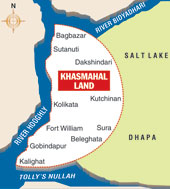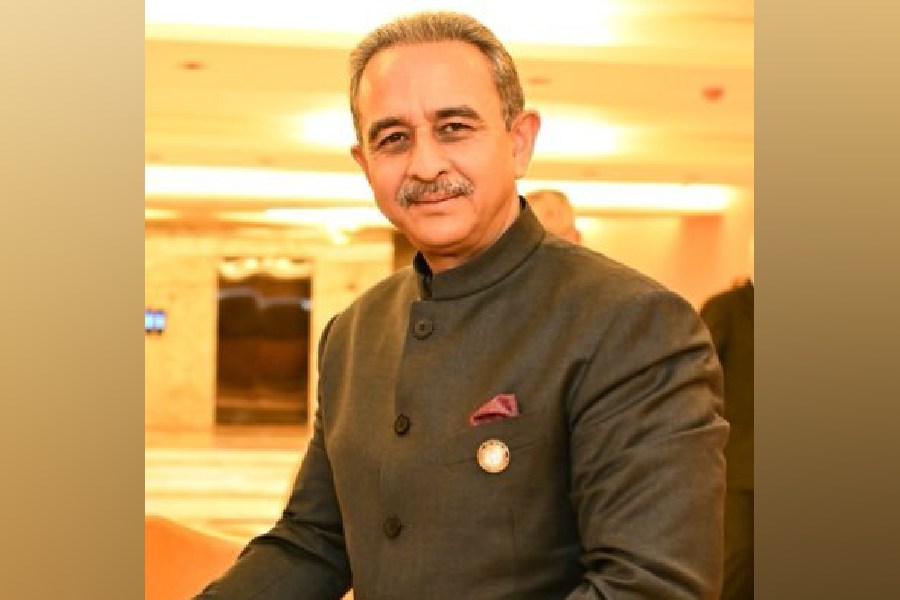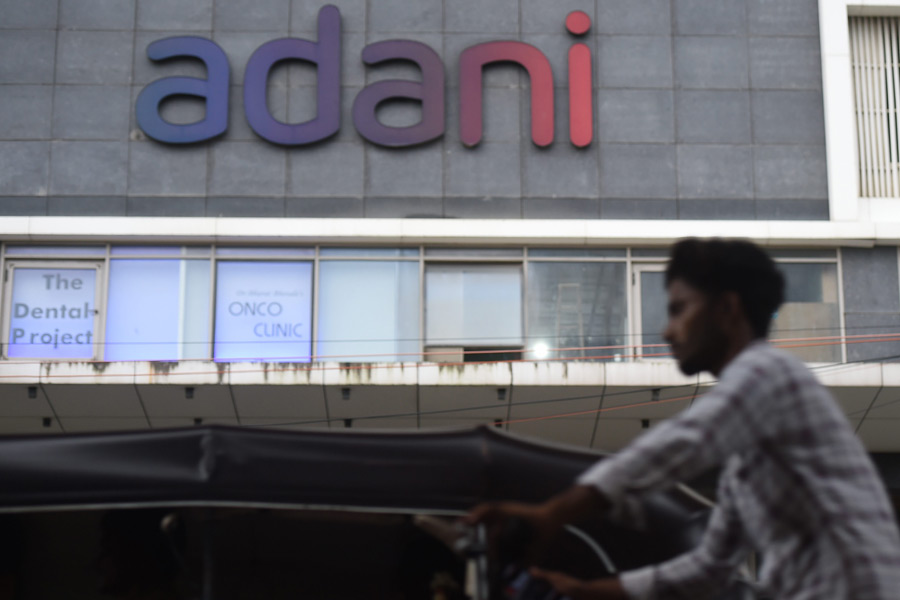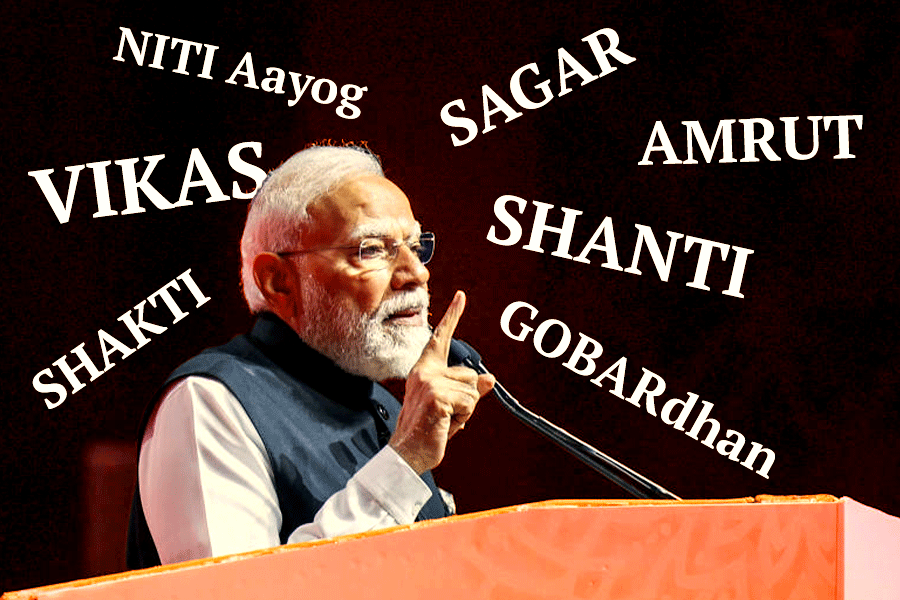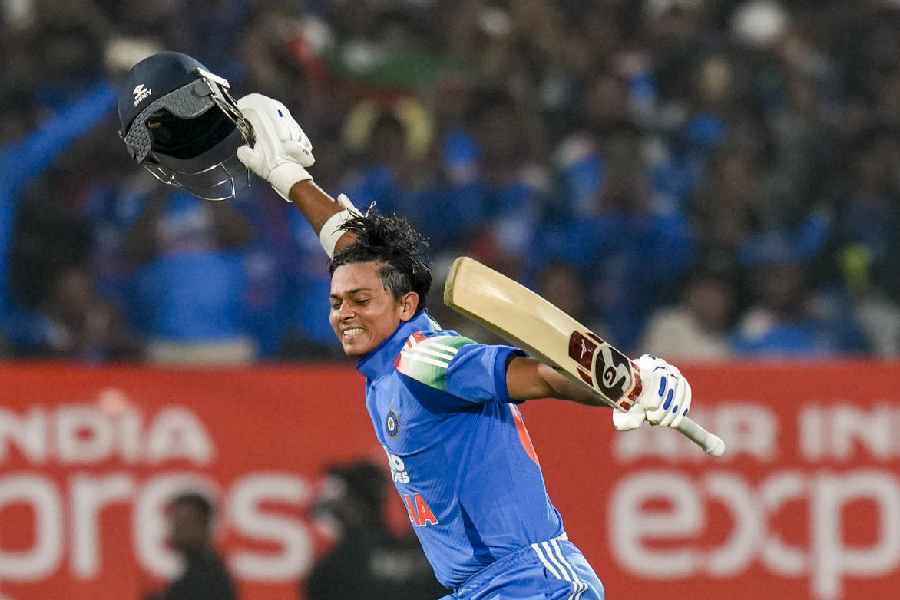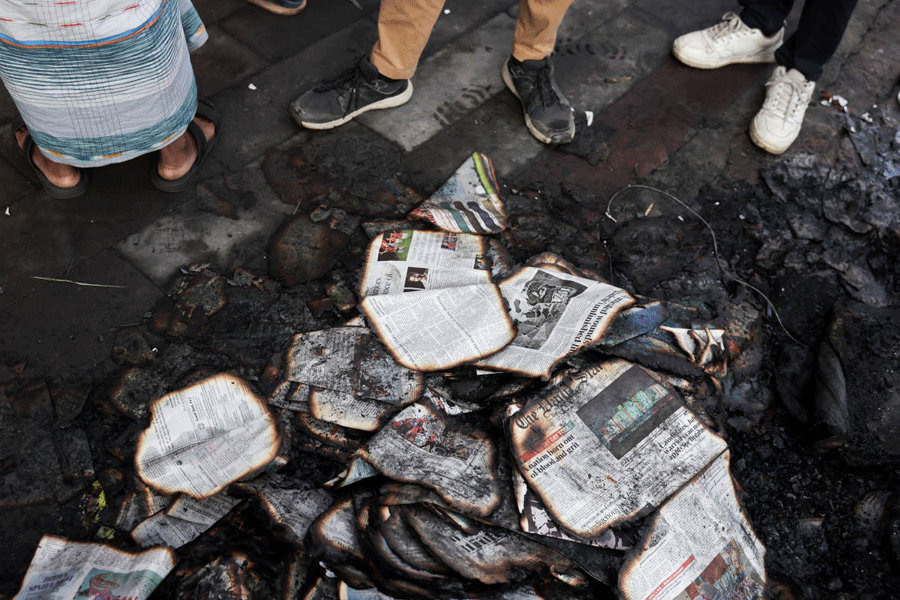 |
The Calcutta Municipal Corporation has decided to allow mutation of flats and houses on Khasmahal land, which was treated as the British Crown’s since the 19th century.
More than 200,000 flat and house owners in a semi-circular belt from Sinthee to Monoharpukur and Strand Road to Beleghata, Topsia and Tiljala will benefit from the decision.
Plots purchased by or given to the British in India are known as Khasmahal or Crown land. The rest of the country was under the administrative control of the British but they did not own the title deeds to the plots.
Till recently, the city civic body had refused to record the properties on such plots in the name of local owners because they could not produce the sale deed, lease deed or gift deed through which the Crown had transferred the title right to the first “native” owner of the plot.
But it won’t any longer. “We will allow mutation of properties on Crown land if the owners apply with the registered sale deed. Those who had applied and were refused would have to apply again,” said mayor Sovan Chatterjee.
Parts of Sinthee, Paikpara, Ultadanga, Sealdah, Entally, Topsia, Chakraberia, Bhowanipore, Monoharpukur, Dakshindari, Kutchinan, Sura and Beleghata are on Crown land. It covers 11,262 bigha of the 1.4 lakh bigha that modern Calcutta is spread over.
The localities made up Dihi Kolkata — Kolikata, Sutanuti and Gobindapur were together called Dihi Kolkata, which East India Company bought from Sabarna Chowdhury — and Panchannagram (55 villages). East India Company had acquired title right over Dihi Kolkata and some other villages in phases between 1698 and 1756 through purchase from local zamindars, treaty with Nawab Sirajudaula and other means.
When the Crown took over the administrative control of India from East India Company after the 1857 mutiny, the land the company had acquired — Dihi Kolkata plus the villages — became Queen Victoria’s. By 1877, when Queen Victoria assumed the title of Empress of India, the crown had acquired Panchannagram and it too had become Khasmahal land.
The plots became the property of the British monarchs who succeeded Victoria. After the promulgation of the Constitution, the President of India replaced the Crown but the status of Khasmahal land did not change in the official documents.
The CMC has only premises number and no record of rights of Crown land. There is a special ‘zero’ number khatian in the custody of the additional district magistrate (land and land reforms) of South 24-Parganas that contains record of the land belonging to the Crown.
Since mutation is allowed only after clearance from the district magistrate’s office, the CMC used to forward applications for mutation of properties on Crown land to the ADM (L&LR) of South 24-Parganas. But the response was almost never positive.
“The mutation policy on crown land resulted in great harassment to property owners. The CMC will no longer seek clearance from the district authorities before allowing mutation. After mutation, the district authorities will be informed so that they can update their records,” said mayoral council member (revenue) Debabrata Majumdar.
“I have issued a circular to assessment department for granting mutation on Crown land,” said municipal commissioner Arnab Roy.
This will be music to the ears of property owners like Bijon Kumar Bose, who bought a flat at Gouribari in 2009. “In 2010, when I applied for mutation along with the registered sale deed, the CMC turned down the request. My name was recorded in the assessment register not as the owner but as the person liable to pay tax on the property. I am planning to apply for mutation afresh,” he said.

